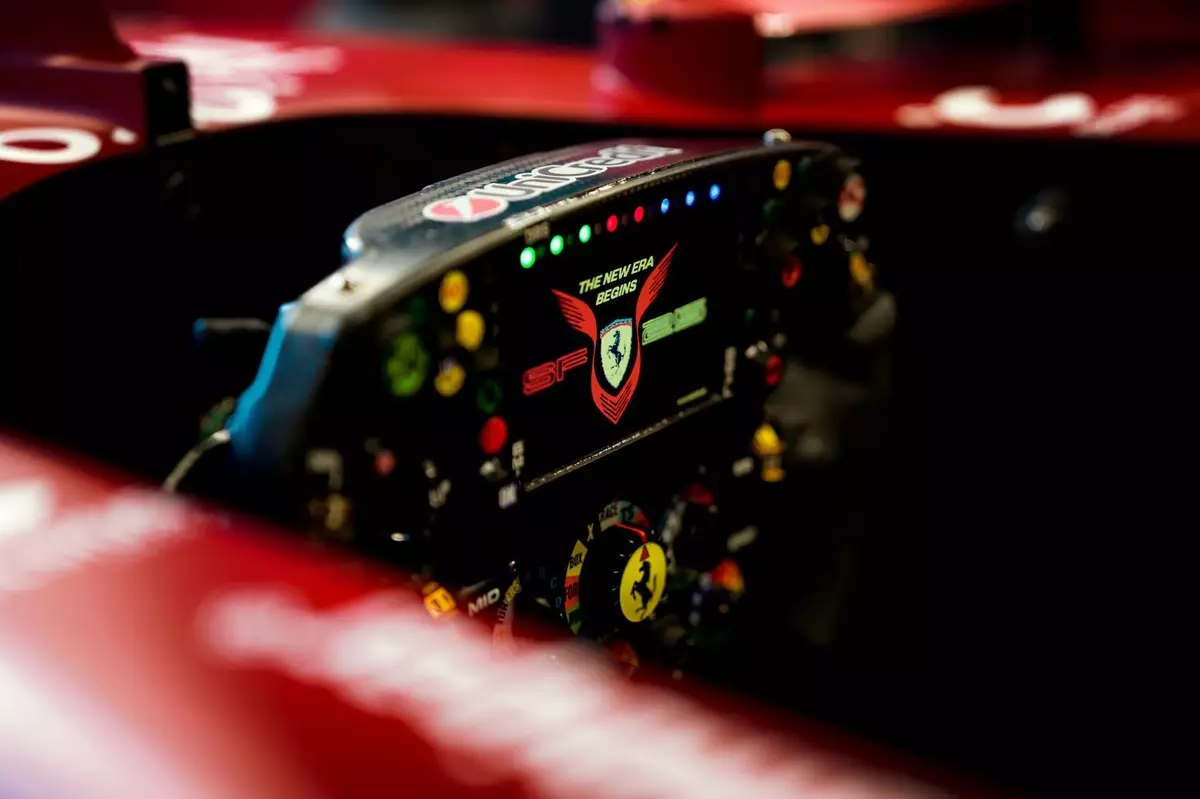Lewis Hamilton, a name synonymous with dominance in Formula 1, is embarking on a fresh chapter with Ferrari for the 2025 season. Following over a decade of unparalleled success with Mercedes, the transition to Scuderia Ferrari represents both a challenge and an opportunity for the seven-time world champion. While initial outings in Australia and China didn’t go as flawlessly as he might have hoped, Hamilton managed to secure a sprint pole and victory in Shanghai—an indicator that he is beginning to find his footing in this new environment. His shift to Ferrari isn’t just about adapting to a different car but also about mastering a different mindset and technical language, both of which could redefine his legacy in F1.
Bridging Old and New Technologies
Hamilton’s evolution in racing is significantly affected by the technological differences between Mercedes and Ferrari. Over the years at Mercedes, he developed an instinctive connection with the car’s mechanics, design, and telemetry. This muscle memory isn’t easily transferable, making it imperative for Ferrari to be attentive to Hamilton’s preferences. The collaboration has led Ferrari to incorporate honored aspects of Mercedes’ philosophy into Hamilton’s SF-25, including adjustments to the steering wheel layout, which they’ve tailored not just to enhance performance, but to improve not only his racing strategy but also his comfort within the cockpit.
Part of this improvement was apparent when Hamilton’s steering wheel lit up with a personalized welcome message in Australia, a gesture that transcended traditional team dynamics. The adjustments extend meaningfully beyond aesthetics. Ferrari recognized Hamilton’s expectation for a highly responsive steering configuration, prompting them to construct a clutch and gear lever system that resonates with his familiar driving style.
The Intricacies of Data Handling
A closer examination of Hamilton’s customizations highlights Ferrari’s willingness to adapt their software systems significantly. Unlike previous setups that catered to Charles Leclerc, Hamilton’s steering wheel now features enhanced displays of vital information. The inclusion of additional parameters like battery state-of-charge (SOC) and engine mappings (ENG) allows him to make critical real-time decisions during the high-pressure environment of a race. This shift in focus reveals the contrast between Hamilton’s and Leclerc’s approaches: while Leclerc may prefer less data to avoid cognitive overload, Hamilton thrives on detailed metrics that provide crucial insights into the car’s performance.
The division of controls on Hamilton’s steering wheel is another example of Ferrari’s thoughtful engineering. Whereas Mercedes unified many functions into a simpler interface, Ferrari has ingeniously allowed for more granularity in control. By equipping Hamilton with quick selectors for race modes such as ‘RACE’, ‘BOX’, ‘FOR’, and ‘PSH’, they afford him the agility to fine-tune his strategies while navigating the complexities of a race. Such functionality promises to bridge the adaptation gap that Hamilton is currently facing.
The Psychological Edge
Adapting to a new team isn’t merely about hardware but involves a mental recalibration. The integration of sophisticated technology into Hamilton’s driving experience could become a powerful psychological advantage. It’s well-known in competitive sports that comfort with equipment often translates to enhanced performance. As Hamilton grows accustomed to the Ferrari cockpit and its bespoke modifications, any psychological barrier he encounters may start to dissolve. He will have the tools he trusts at his fingertips, which in turn could facilitate a swifter adaptation process.
Moreover, these personalized changes symbolize Ferrari’s commitment to honoring Hamilton’s legacy while also challenging him to excel further. It’s a bold move for a team that has historically carried its own burdens of pressure, yet it demonstrates an acknowledgment of his experience and accomplishments. The more streamlined and responsive the car is for Hamilton, the greater the likelihood that the legendary driver will emerge not just as a participant but as a contender for victories and championships.
Ambitions Beyond the Circuit
This newfound collaboration is not simply a tactical maneuver but a statement of intent from both Hamilton and Ferrari. For Hamilton, this is an opportunity to solidify his status not only as one of the greatest drivers in history but also as a resilient competitor who embraces change. For Ferrari, securing Hamilton’s expertise not only plays into their immediate racing ambitions but also aligns with a broader strategy to reclaim their position as a dominant force within Formula 1.
Engaging Hamilton in their operations could infuse the team with insights that strike at the very heart of racing innovation. Hamilton’s unique background, merging Mercedes’ technological excellence with Ferrari’s rich traditions, could potentially yield breakthroughs that resonate beyond the racetrack for years to come. As they navigate this uncharted territory together, the entire Formula 1 landscape may witness shifts that extend far beyond the confines of any single race—or season.

